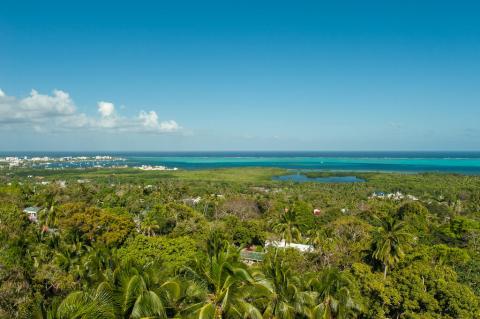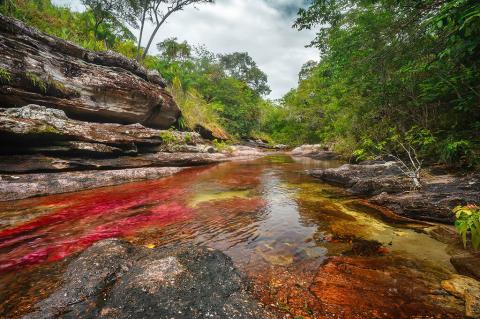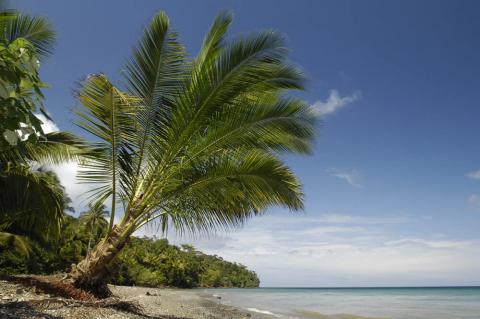Amazônia: Guardian of Biodiversity and Lifeline of the Earth
Amazônia, or "The Amazon," is a vast and awe-inspiring region of South America. Often called the "lungs of the Earth," this immense lush green forest, stretching across nine countries, is home to unparalleled plant and animal life, making it one of the Earth's most biodiverse ecosystems. Comprising the Amazon rainforest, the Amazon biome, the Amazon basin, and the Amazon River, Amazônia plays a crucial role in regulating the planet's climate and producing oxygen.






![Cayo Cangrejo, in the Old Providence McBean Lagoon National Natural Park with the island of Providencia in the background. Felviper [CC BY-SA (https://creativecommons.org/licenses/by-sa/4.0)] Cayo Cangrejo, in the Old Providence McBean Lagoon National Natural Park with the island of Providencia in the background.](/sites/default/files/styles/medium/public/cayo_cangrejo_old_providence_opt%20%281%29.jpg?itok=AQbo7VfT)








